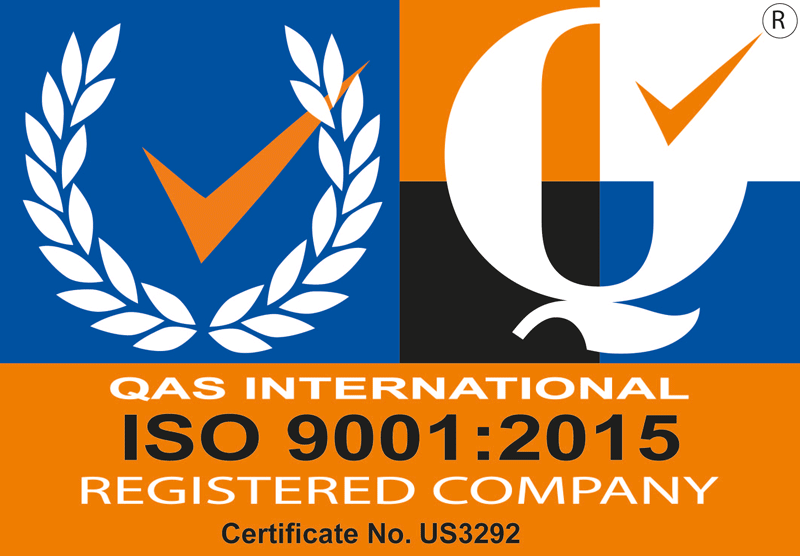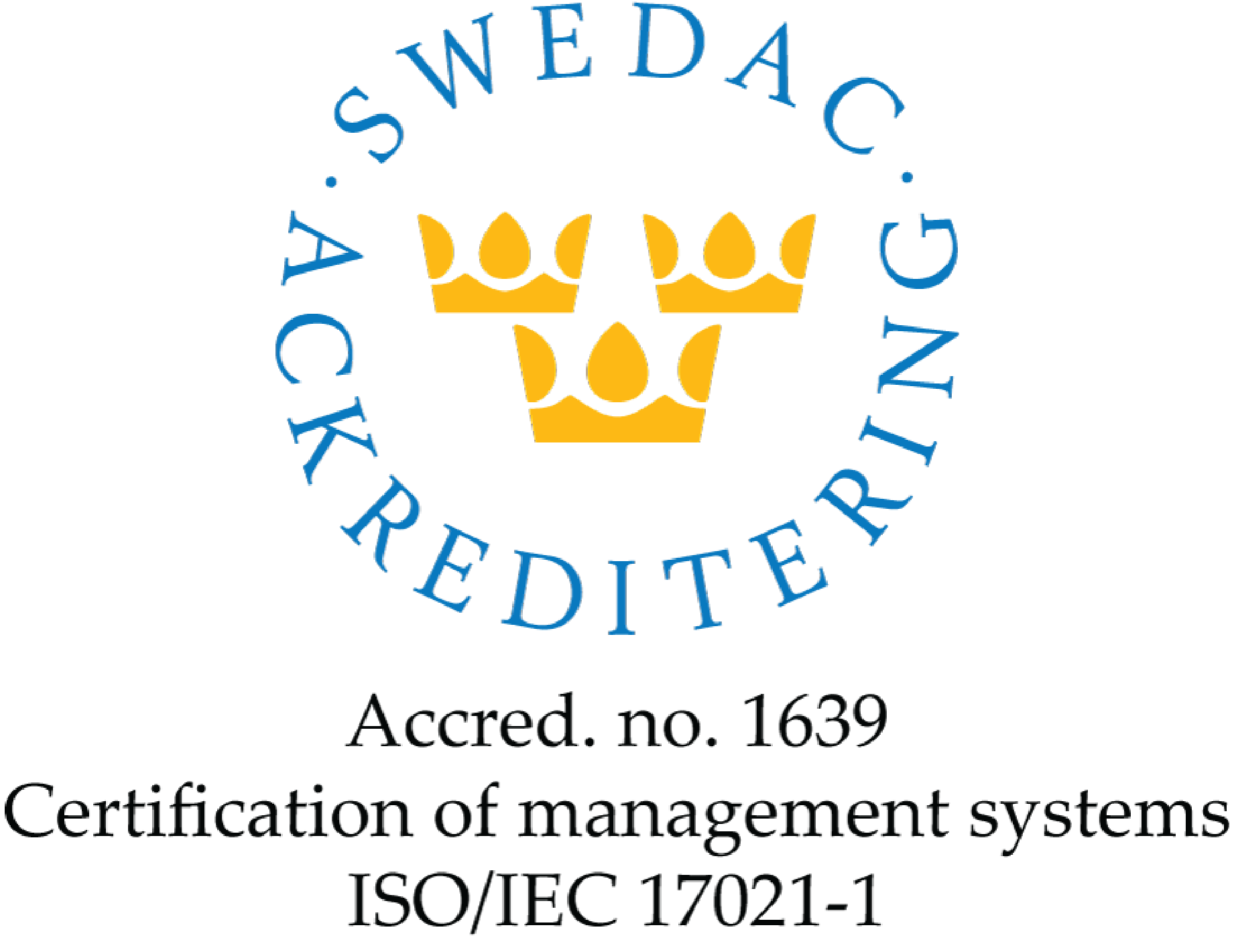Mitigating Risks Created by Lithium-Ion Battery Supply Issues
Equipment OEMs are facing shortages in Lithium-Ion batteries and other components
The global supply chain has been disrupted by multiple factors that are unravelling. This disruption is driven from multiple directions, including the surge in EV demand, disruption in shipping, trade imbalances, backlog in new product design and manufacturing due to COVID-related shutdowns.
As automakers continue to grapple with a semiconductor shortage, some experts say the next supply chain crisis for the US could involve lithium-ion batteries. China is far ahead of the US regarding the manufacturing of Li-ion batteries and therefore can support the demand from the supply chain.
As companies like GM, Ford and a slew of start-ups ramp up their electric vehicle ambitions, current battery production in the US won’t keep up with demand. Existing global cell suppliers are shifting their production toward the EV market and constraining other industries’ cell supply.
Dealing with component product challenges
In addition to the lack of manufacturing of Li-ion batteries in North America, the lack of production of anode and cathode material is solely dependent on producers overseas. To navigate the shortages, the US must begin mining from raw materials from within the US. Another option is recycling batteries, but at the moment, this is not a cost-effective option. The only solution is for our current administration to push for additional cell manufacturing here in North America.
Additionally, the surge in the EV market also places strain on the component market, creating a shortage in critical components that support custom battery packs. The surging demand for new automobiles has prompted an industry-wide semiconductor production shortage. Since then, the situation has been exacerbated by a shortage of raw materials used in making components. Consequently, motor vehicle production has become severely disrupted, and component procurement has become more expensive.
Because of the shortage’s multi-sector impact, original equipment manufacturers (OEMs) should expect across-the-board pricing volatility, extended lead times, and stock-outs in the near future. This is only going to become worse before improving. The big question is, how do you de-risk your supply chain?
How we’re managing supply issues
To stay ahead of the forthcoming shortages, at Excell Battery, we are working closely with our customers and suppliers to understand the demand/supply equations over the next few years. Furthermore, developing a risk mitigation strategy includes stocking programs and risk buys to ensure that our customers receive their products when needed.
As we understand the ongoing threat of shortages in both batteries and components, we will continually adjust as the market evolves and changes. Please contact us for more information on how we’re managing our supply chain to meet our customers’ production requirements.




